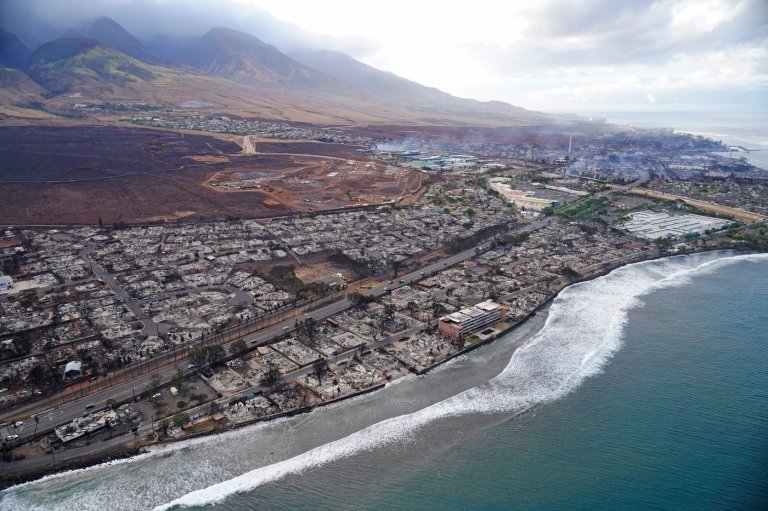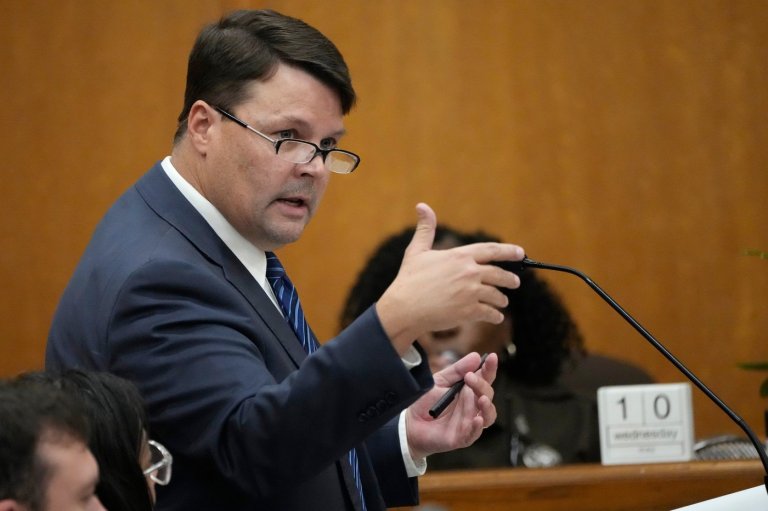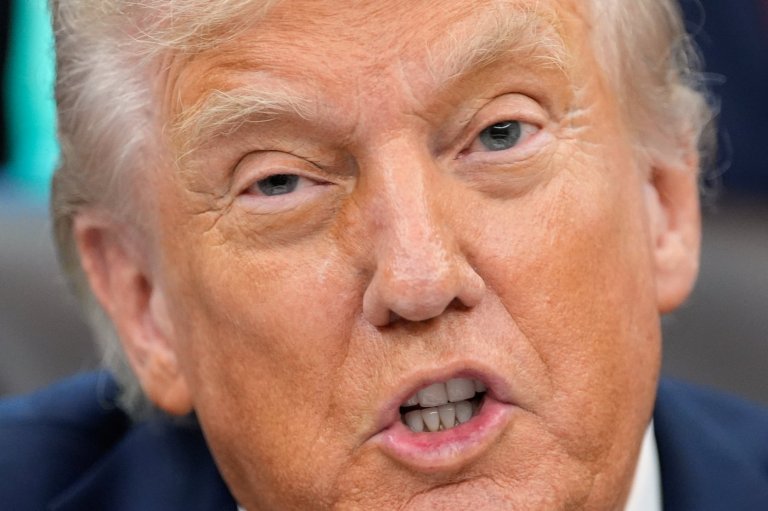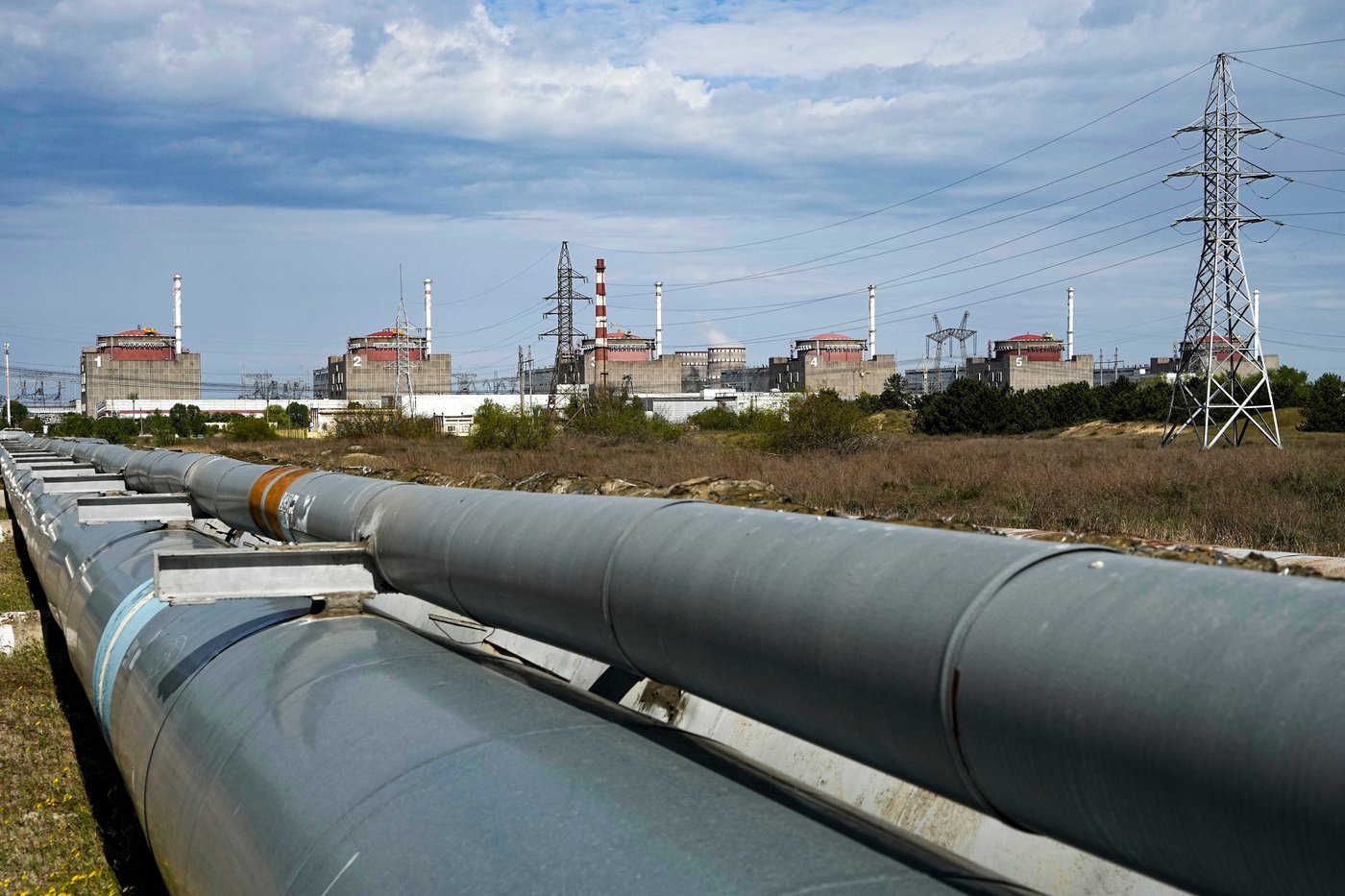
Zelenskyy warns Russian drones endanger safety at Chernobyl and at Europe’s biggest nuclear plant
KYIV, Ukraine (AP) — Russia’s sustained bombardment of Ukraine’s power grid is deepening concerns about the safety of the country’s nuclear facilities after a drone knocked out power for more than three hours to the site of the 1986 Chernobyl nuclear disaster and as Europe’s biggest atomic power plant remains disconnected from the grid, officials said.
Both Chernobyl and the Russian-occupied Zaporizhzhia nuclear power plant are not working but they require a constant power supply to run crucial cooling systems for spent fuel rods in order to avoid a potential nuclear incident.
A blackout could also blind the radiation monitoring systems, installed to boost security at Chernobyl and operated by the U.N.’s International Atomic Energy Agency.
“Russia is deliberately creating the threat of radiation incidents,” Ukraine President Volodymyr Zelenskyy said late Wednesday, criticizing the U.N. nuclear watchdog and its chief Rafael Mariano Grossi for what he described as weak responses to the danger.
“Every day of Russia’s war, every strike on our energy facilities, including those connected to nuclear safety, is a global threat,” he said. “Weak and half-measures will not work. Strong action is needed.”
The war that followed Russia’s all-out invasion of its neighbor more than three years ago appears no closer to ending, despite months of U.S.-led peace efforts.
Drones overwhelm air defenses
Zelenskyy said in his nightly video address that Russian launched over 20 Shahed drones against energy infrastructure in Slavutych, the city whose power supply services Chernobyl, the site of the world’s worst nuclear accident.
A wave of drones overwhelmed defenses and caused a blackout, he said, affecting the sarcophagus that prevents radioactive dust from escaping the destroyed fourth reactor and storage housing more than 3,000 tons of spent fuel. He did not provide details of how it was affected.
“The Russians could not have been unaware that a strike on Slavutych would have such consequences for Chernobyl,” Zelenskyy said.
Last February, a drone armed with a warhead hit Chernobyl’s protective outer shell, briefly starting a fire. Radiation levels there did not increase, officials said.
Europe’s biggest nuclear plant using diesel generators
The Zaporizhzhia plant, which is one of the 10 biggest nuclear facilities in the world, has been disconnected from the grid for over a week.
It has repeatedly been caught in the crossfire during the war. Zelenskyy blamed Russian artillery for cutting the power line to the plant, but Kremlin spokesman Dmitry Peskov said it was Ukrainian shelling.
The facility is using emergency diesel generators to run cooling systems for its six shutdown reactors and spent fuel.
The IAEA says the plant is not in immediate danger but wants it swiftly reconnected to the grid.
Ukraine’s Ministry of Energy said the situation is unprecedented. “No nuclear power plant in the world has ever operated under such conditions, and it is impossible to make any reliable forecasts,” it said in a statement to The Associated Press.
Edwin Lyman, director of Nuclear Power Safety at the Union of Concerned Scientists, an American nonprofit organization, said no nuclear plant was designed to be able to function safely for an extended period without access to stable off-site power.
“The situation at Zaporizhzhia is indeed extremely fragile and increasingly dire,” he told AP.
If power for cooling were disrupted to one or more of the units, it would be “several days or longer” before the reactor cores or spent fuel pools might start to release significant quantities of radioactive material, he said.
The U.S.-based Institute for the Study of War said Russia’s occupation of Zaporizhzhia has “significantly degraded” the security of the plant.
It claimed Wednesday that Moscow wants to integrate the plant into the Russian grid — a move that will “exacerbate security risks, degrade Ukraine’s future power generation capacity, and serve as a tool that Russia can use to legitimize its occupation of Ukraine.”
Prisoner exchange
Russia and Ukraine exchanged hundreds of prisoners of war Thursday.
Zelenskyy said 185 military personal, most of whom had been in Russian captivity since 2022, and 20 civilians were returned home.
Since the war began, more than 7,000 Ukrainians have returned, Zelenskyy said on Telegram.
Russia’s Defense Ministry said 185 of its soldiers and 20 civilians returned.
___
Illia Novikov in Kyiv, Ukraine and Stephanie Liechtenstein in Vienna contributed to this story. Hatton reported from Lisbon, Portugal.
___
Follow AP’s coverage of the war in Ukraine at https://apnews.com/hub/russia-ukraine
___
The Associated Press receives support for nuclear security coverage from the Carnegie Corporation of New York and Outrider Foundation. The AP is solely responsible for all content.
___
Additional AP coverage of the nuclear landscape: https://apnews.com/projects/the-new-nuclear-landscape
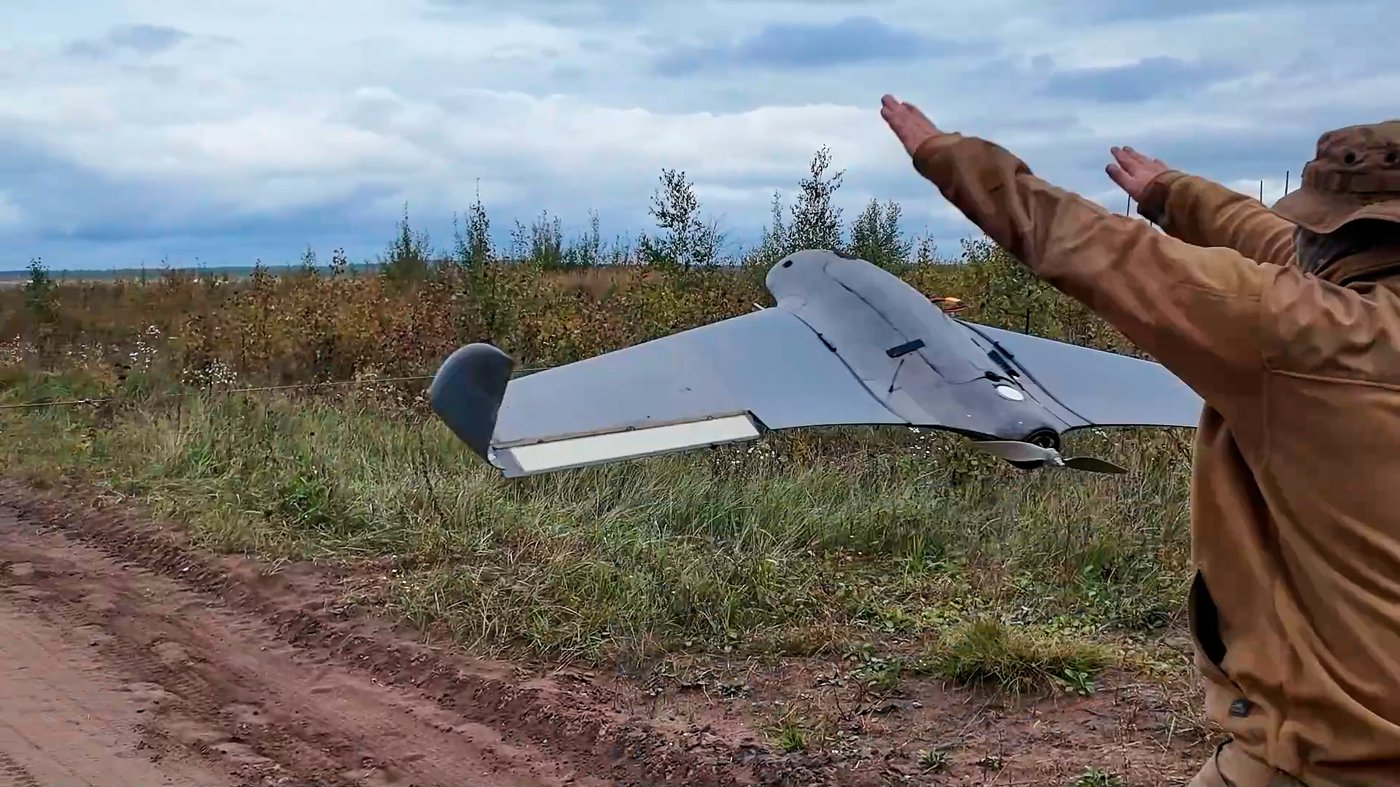
Join the Conversation!
Want to share your thoughts, add context, or connect with others in your community?
You must be logged in to post a comment.













